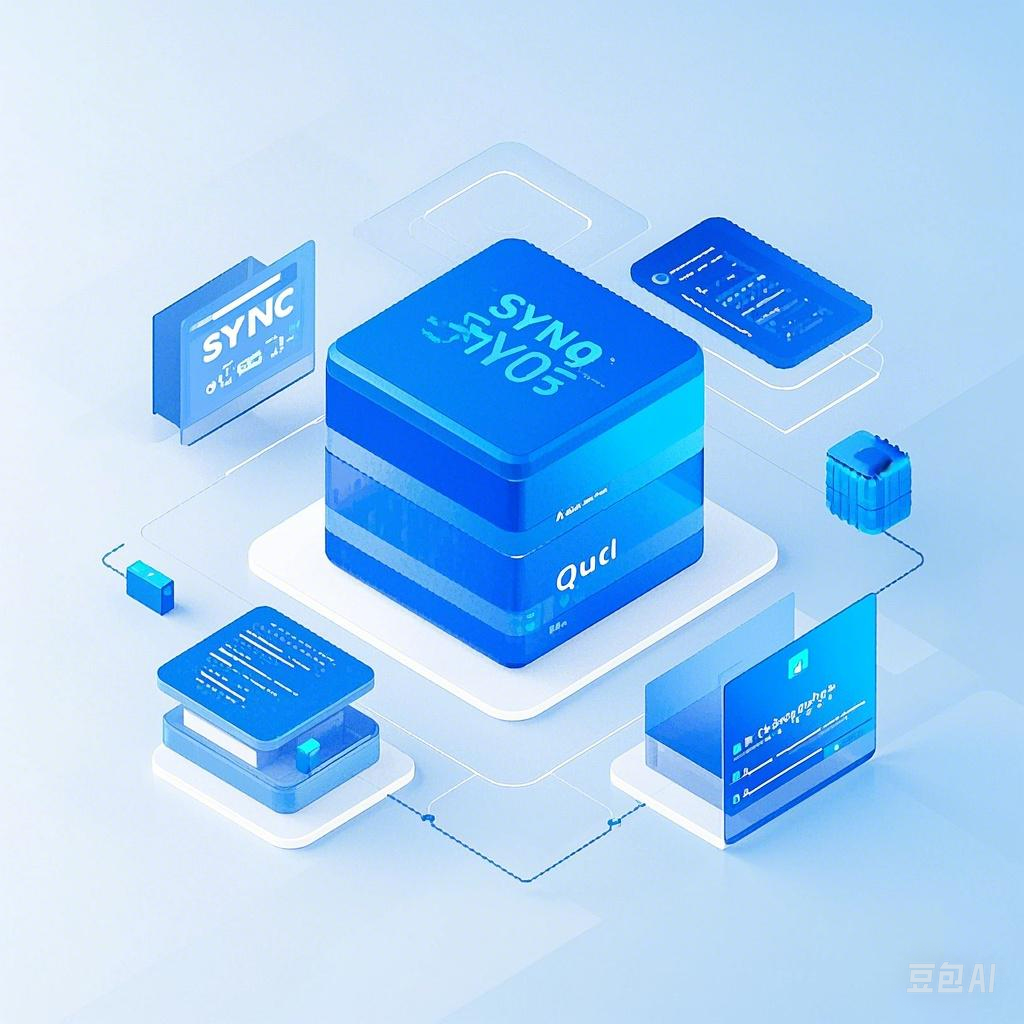适用于新手学习,生产环境需要优化
FROM centos:7#继承centos
ADD epel.repo /etc/yum.repos.d#将epel源文件,拷贝到容器/etc/yum.repos.d,ADD相比COPY,还带压缩解压
RUN yum update -y#执行yum更新
RUN yum install -y python36#下载python36
RUN yum install -y python36-pip#下载pip工具
RUN pip3 install setuptools#下载setuptools
ADD Django-2.1.7.tar.gz /opt/#将当前tar.gz包解压并复制到容器opt下
WORKDIR /opt/#更换工作目录
RUN mv Django-2.1.7 django#将解压后的Django-2.1.7移动到django文件夹下
WORKDIR /opt/django
RUN python3 setup.py install#执行安装命令
WORKDIR /opt
RUN django-admin.py startproject mypro#创建django项目mypro
ADD run.sh /opt/mypro/run.sh#将run.sh拷贝容器内
RUN sed -i "s/ALLOWED_HOSTS = \[\]/ALLOWED_HOSTS = \['\*'\]/g" /opt/mypro/mypro/settings.py#更改ALLOWED_HOSTS让其他IP能访问
WORKDIR /opt/mypro
RUN chmod 777 run.sh
EXPOSE 8000#暴露端口8000
CMD ["/bin/sh","run.sh"]#执行run.sh实例2
使用ubuntu系统
FROM ubuntu:16.04
MAINTAINER Dockerfiles
# Install required packages and remove the apt packages cache when done.
RUN apt-get update && \
apt-get upgrade -y && \
apt-get install -y \
git \
python3 \
python3-dev \
python3-setuptools \
python3-pip \
nginx \
supervisor \
sqlite3 && \
pip3 install -U pip setuptools && \
rm -rf /var/lib/apt/lists/*
# install uwsgi now because it takes a little while
RUN pip3 install uwsgi
# RUN source /etc/profile
# setup all the configfiles
RUN echo "daemon off;" >> /etc/nginx/nginx.conf
COPY nginx-app.conf /etc/nginx/sites-available/default
COPY supervisor-app.conf /etc/supervisor/conf.d/
COPY app/requirements.txt /home/docker/code/app/
RUN pip3 install -r /home/docker/code/app/requirements.txt
# add (the rest of) our code
COPY . /home/docker/code/
RUN chmod 777 -R /home/docker/code
# 容器对外暴露8081断开(对应内部是nginx的监听端口)
EXPOSE 8081
CMD ["/usr/bin/supervisord", "-n"]supervisor配置 supervisor-app.conf
# 启动uwsgi进程
[program:app-uwsgi]
command = /usr/local/bin/uwsgi --ini /home/docker/code/uwsgi.ini
stdout_logfile=/var/log/uwsgi.log
stdout_logfile_maxbytes=512KB
stderr_logfile=/var/log/uwsgi_error.log
stderr_logfile_maxbytes=512KB
logfile_backups=3
# 启动nginx进程
[program:nginx-app]
command = /usr/sbin/nginxnginx配置 nginx-app.conf
# nginx-app.conf
# the upstream component nginx needs to connect to
upstream django {
server unix:/home/docker/code/app.sock; # for a file socket
# server 127.0.0.1:8001; # for a web port socket (we'll use this first)
}
# configuration of the server
server {
# the port your site will be served on, default_server indicates that this server block
# is the block to use if no blocks match the server_name
listen 8081 default_server;
# the domain name it will serve for
server_name .example.com; # substitute your machine's IP address or FQDN
charset utf-8;
# max upload size
client_max_body_size 75M; # adjust to taste
# Django media
location /media {
alias /home/docker/persistent/media; # your Django project's media files - amend as required
}
location /static {
alias /home/docker/volatile/static; # your Django project's static files - amend as required
}
# Finally, send all non-media requests to the Django server.
location / {
uwsgi_pass django;
include /home/docker/code/uwsgi_params; # the uwsgi_params file you installed
}
}uwsgi配置文件 uwsgi.ini
[uwsgi]
# this config will be loaded if nothing specific is specified
# load base config from below
ini = :base
# %d is the dir this configuration file is in
socket = %dapp.sock
master = true
processes = 4
enable-threads=true
[base]
# chdir to the folder of this config file, plus app/website
chdir = %dapp/
# load the module from wsgi.py, it is a python path from
# the directory above.
module={project_dir}.wsgi:application
# allow anyone to connect to the socket. This is very permissive
chmod-socket=666uwsgi参数文件,uwsgi_params
uwsgi_param QUERY_STRING $query_string;
uwsgi_param REQUEST_METHOD $request_method;
uwsgi_param CONTENT_TYPE $content_type;
uwsgi_param CONTENT_LENGTH $content_length;
uwsgi_param REQUEST_URI $request_uri;
uwsgi_param PATH_INFO $document_uri;
uwsgi_param DOCUMENT_ROOT $document_root;
uwsgi_param SERVER_PROTOCOL $server_protocol;
uwsgi_param HTTPS $https if_not_empty;
uwsgi_param REMOTE_ADDR $remote_addr;
uwsgi_param REMOTE_PORT $remote_port;
uwsgi_param SERVER_PORT $server_port;
uwsgi_param SERVER_NAME $server_name;


 Asynq任务框架
Asynq任务框架 MCP智能体开发实战
MCP智能体开发实战 WEB架构
WEB架构 安全监控体系
安全监控体系





